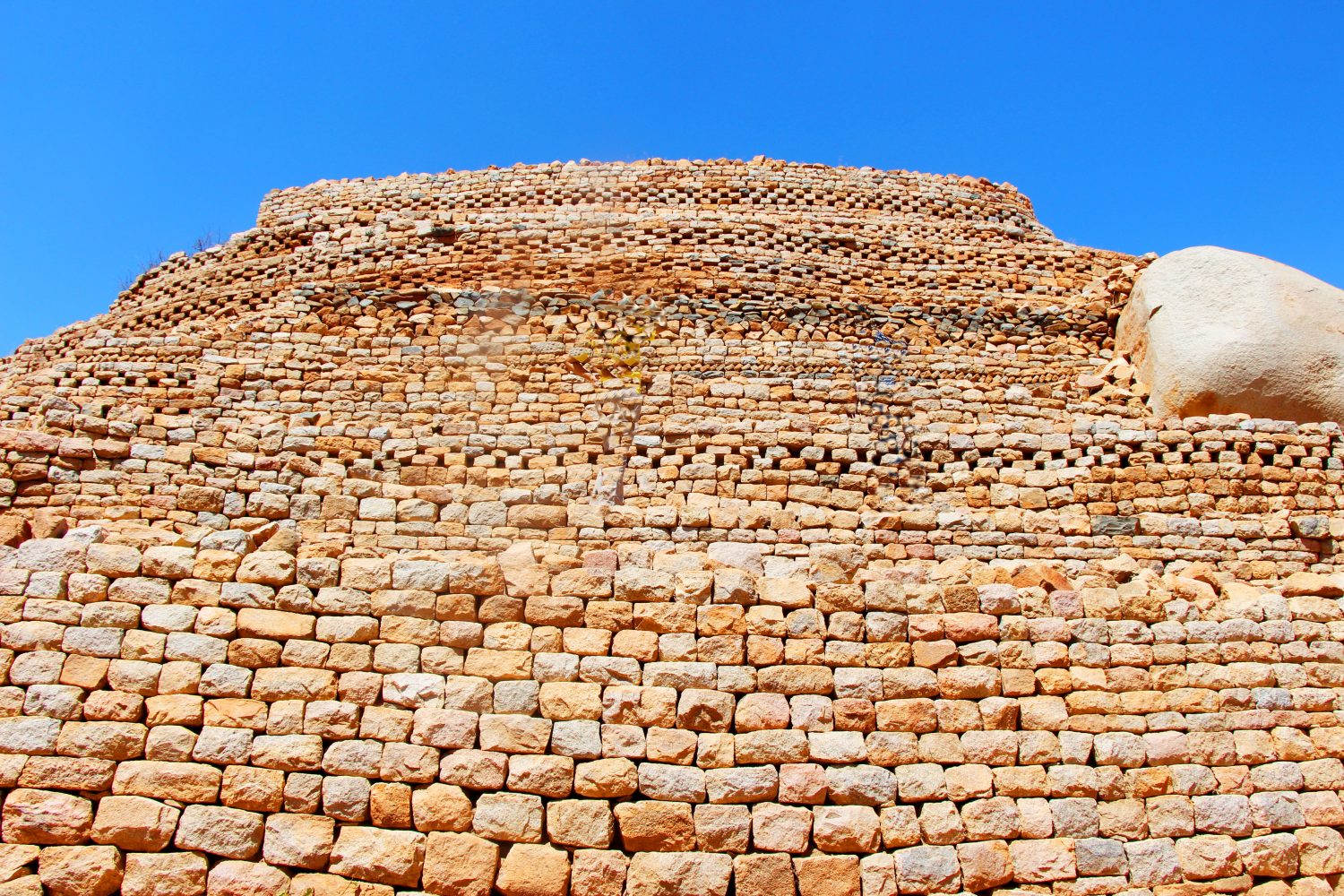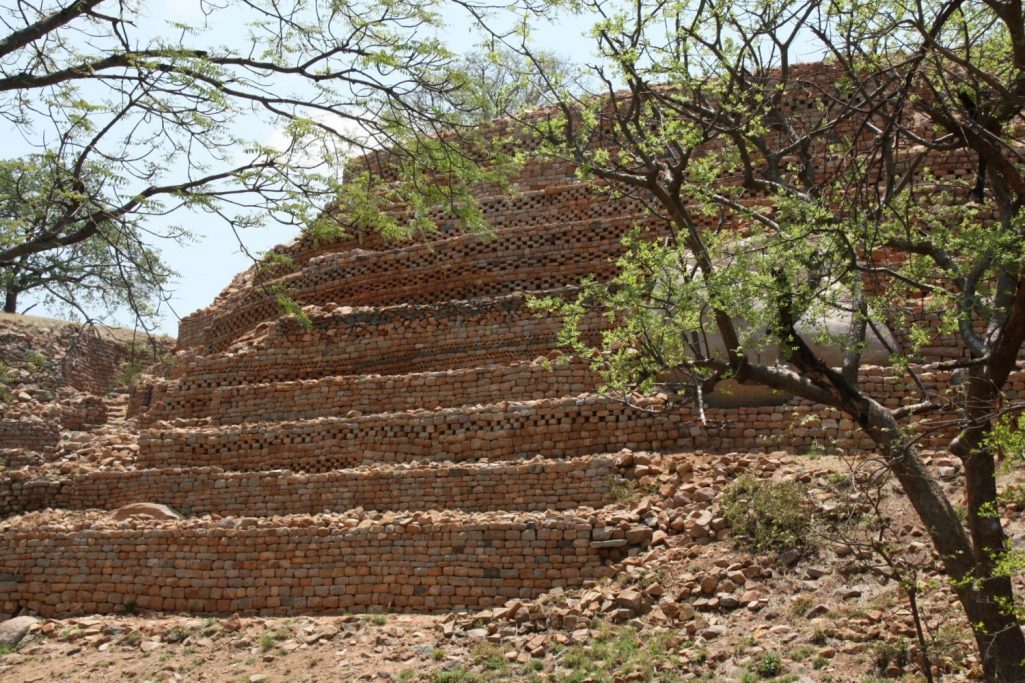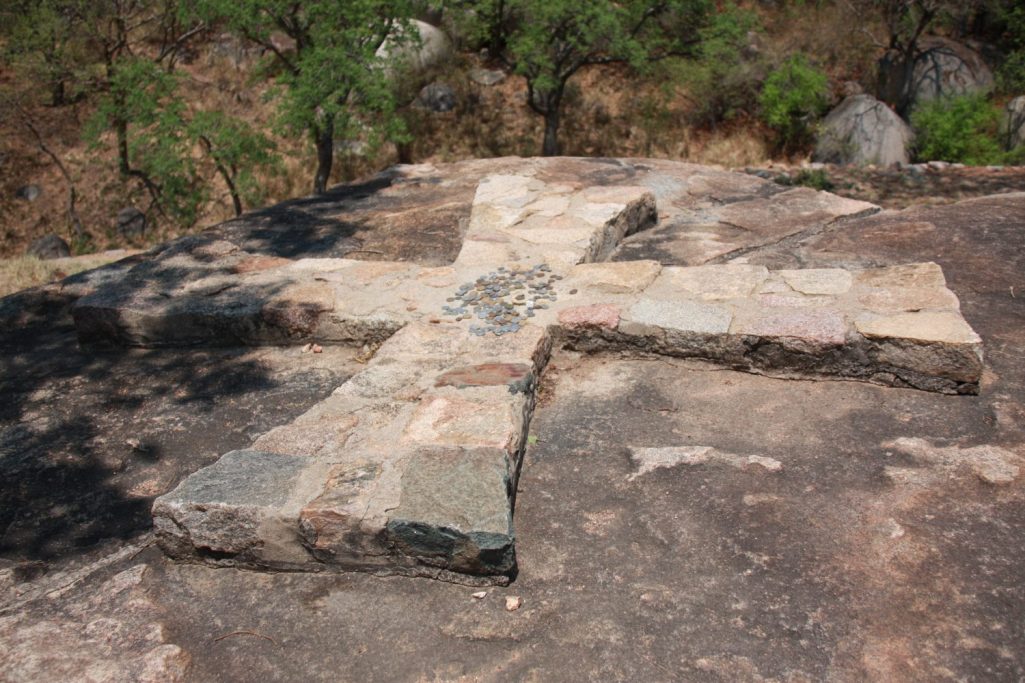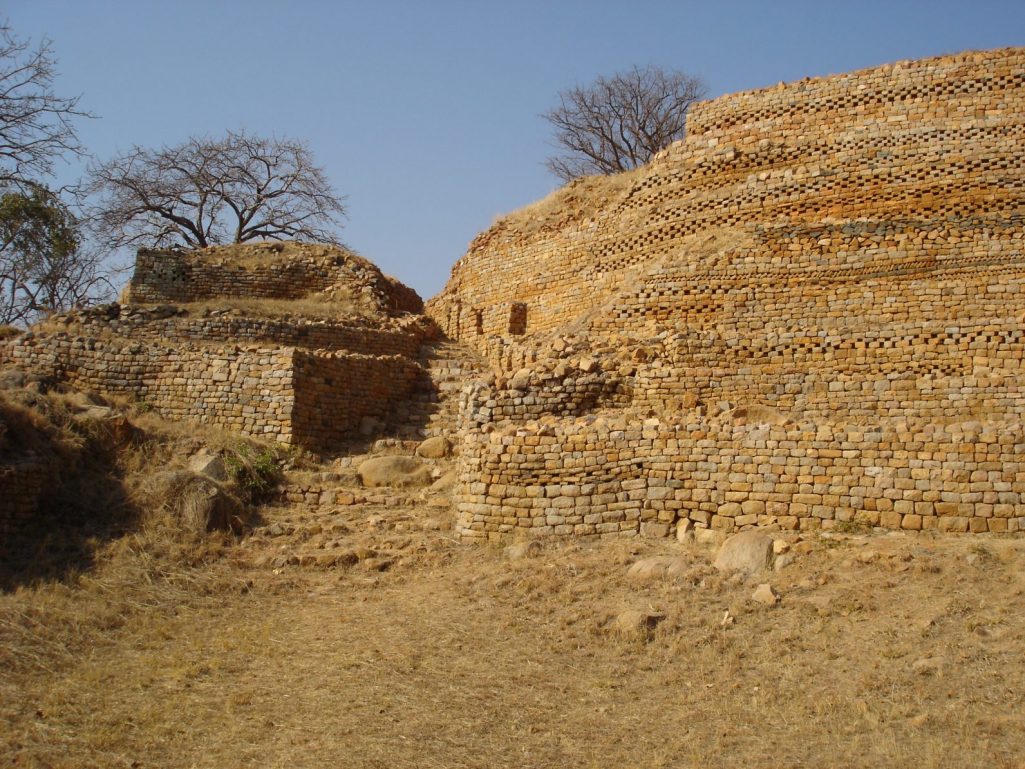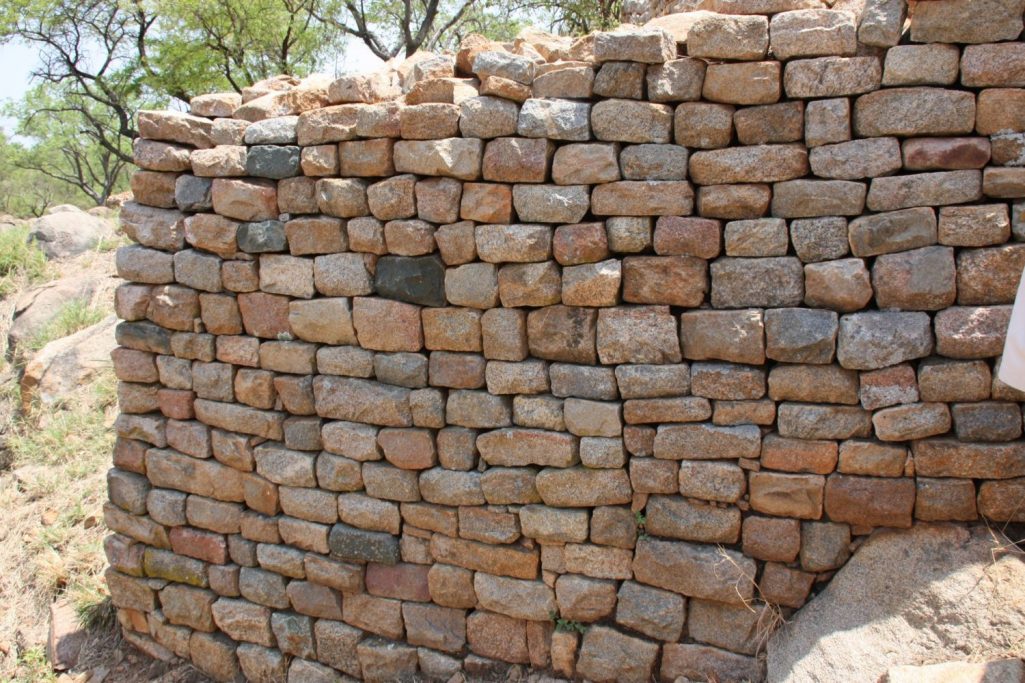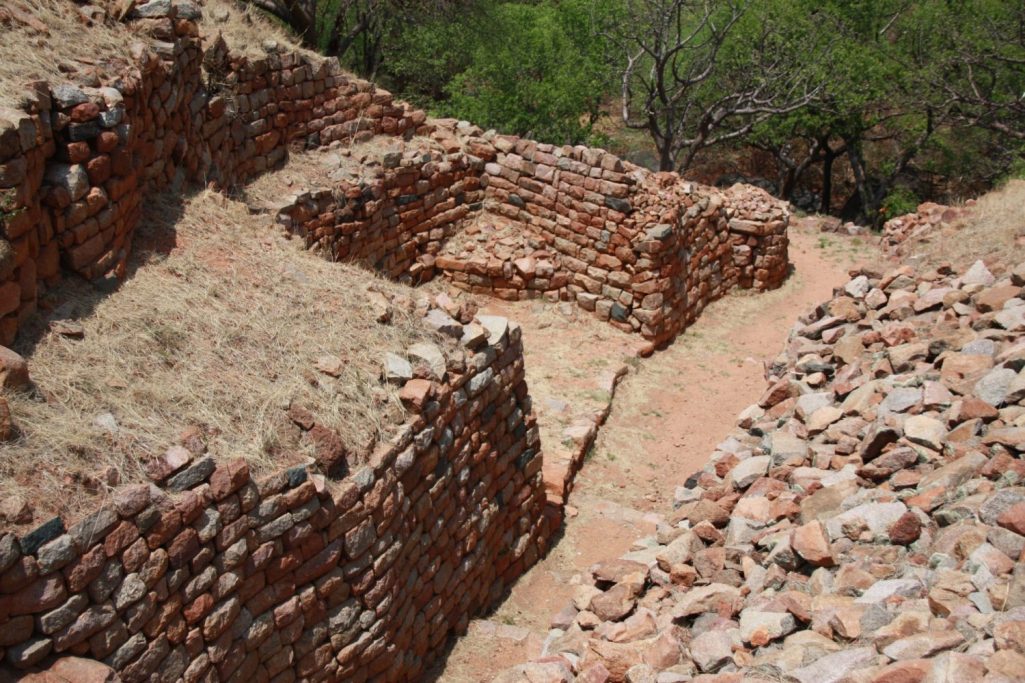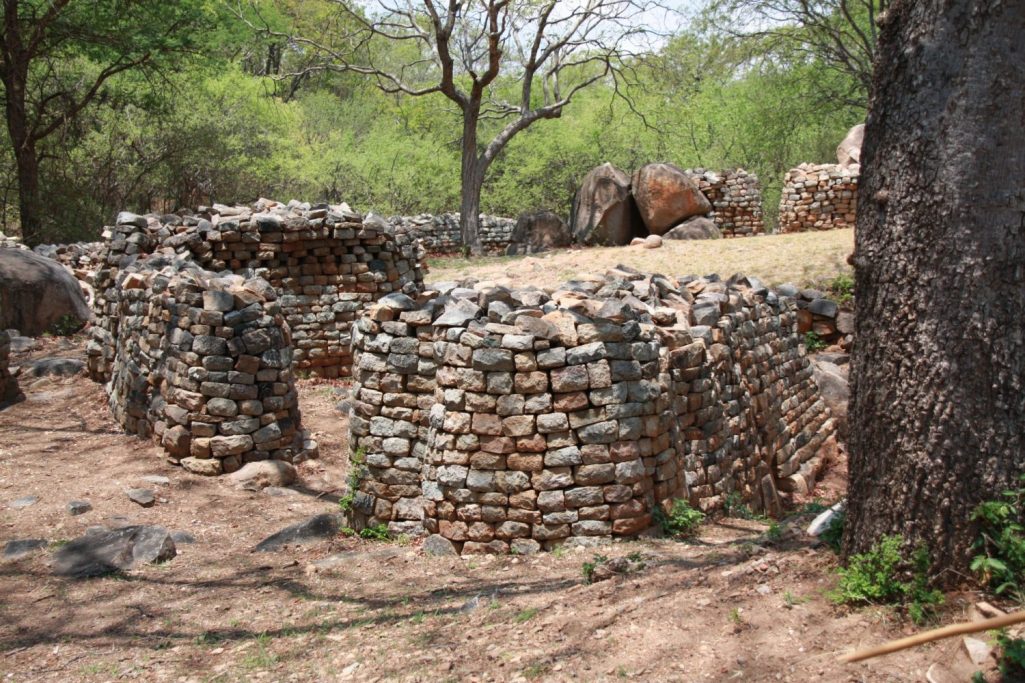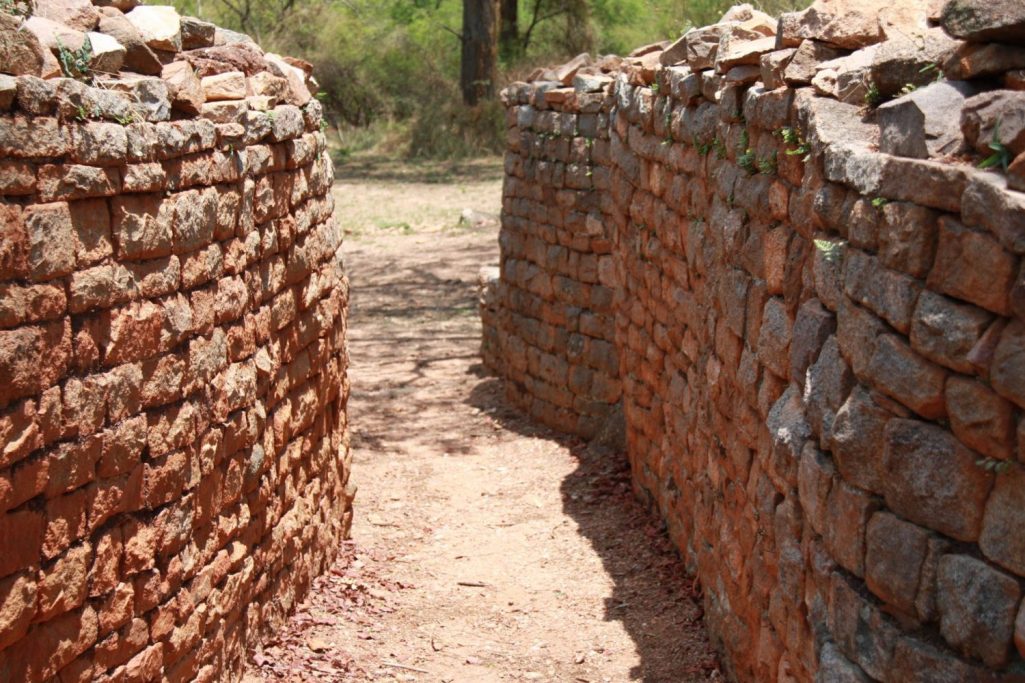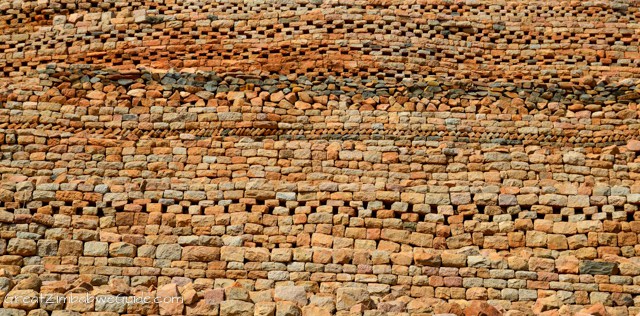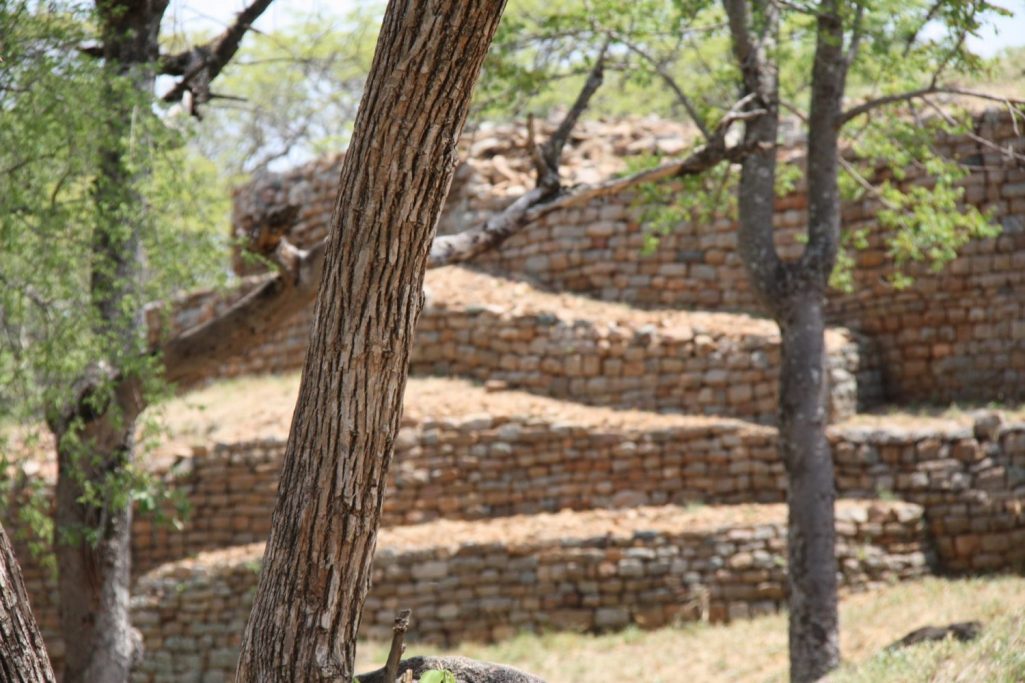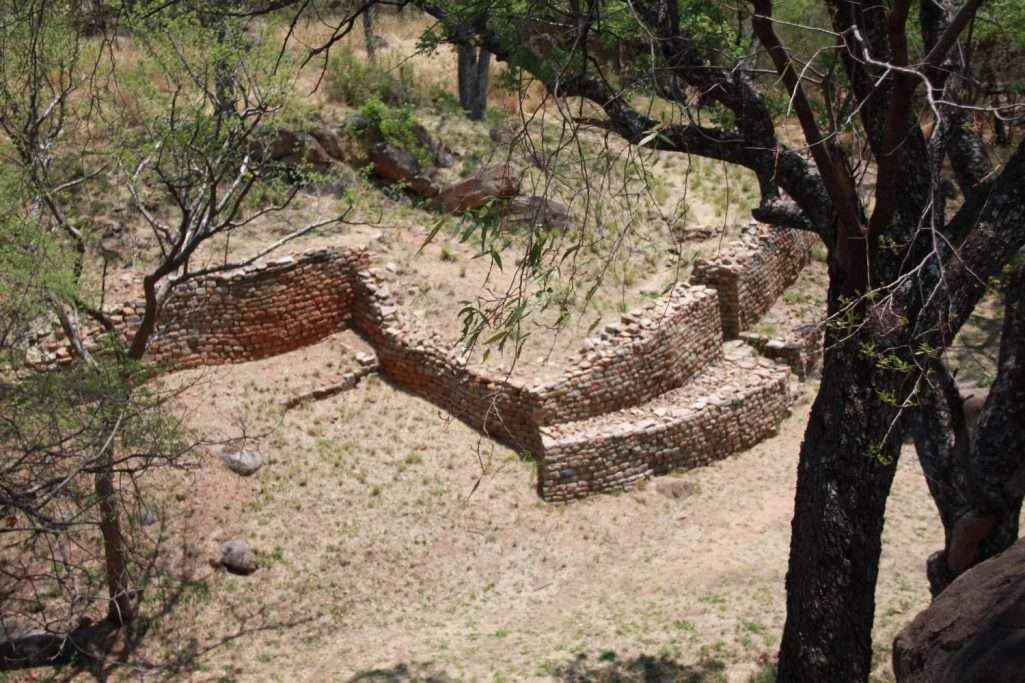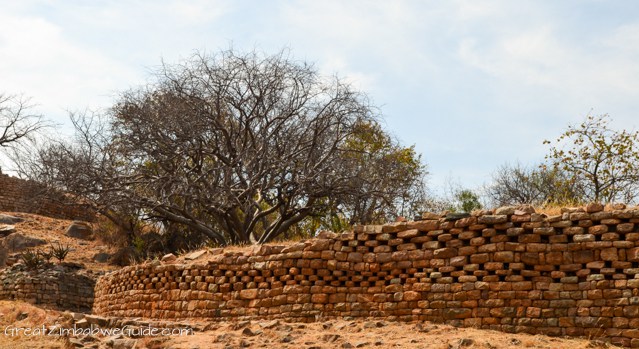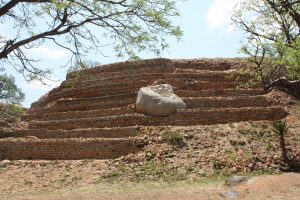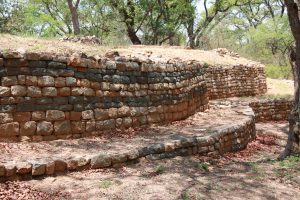Khami Ruins
Situated on the Old Khami road 22 kms West of Bulawayo
Khami Ruins is a national monument, and became a UNESCO World Heritage Site in 1986.
Khami was the capital of the Kingdom of Butua of the Torwa Dynasty for about 200 years from around 1450 and appears to have been founded at the time of the disappearance of the state at Great Zimbabwe. After that (the traditional date is 1683), it was ransacked by Changamire Dombo who led an army of Rozvi rebels from the Mwenemutapa (“Monomotapa”) State.
Excavations seem to show that the site was not occupied after these Rozvi took over. The Rozvi made another Khami phase site Danamombe, (Dhlo-Dhlo), their new capital. In the 1830s Nguni speaking Ndebele raiders displaced them from Khami and many of the other sites they had established.
The site of Khami reveals seven built-up areas occupied by the royal family with open areas in the valley occupied by the commoners. The complex comprises circular, sometimes terraced, artificial platforms encased by dry stone walls.
The beautifully decorated 6m-high by 68m-long retaining wall of the precipice platform bears a checkerboard design along its entire length. The platforms, rising 2–7m above the ground, carried dhaka (clay) huts and courtyards where those of lower status lived.
The remnants of cattle kraals and huts for ordinary people can be seen below the Hill Complex. The ruins include a royal enclosure or Hill Complex, which had to be on higher ground than other buildings, stone walls and hut platforms and also a Christian cross believed to have been placed by a contemporary missionary.
There are also ruins on the eastern side of the Khami River. Other platforms are believed to have been cattle kraals and a retaining wall with a chequered pattern. Recent excavations (2000–2006) have revealed that the walls of the western parts of the Hill Complex were all decorated in chequer, herringbone, cord, as well as variegated stone blocks

